Galerias Romanas: The Roman Galleries in Lisbon, Portugal
The Galerias Romanas, or Roman Galleries in Lisbon are occasionally pumped out and opened to the public for limited viewings, typically twice a year.
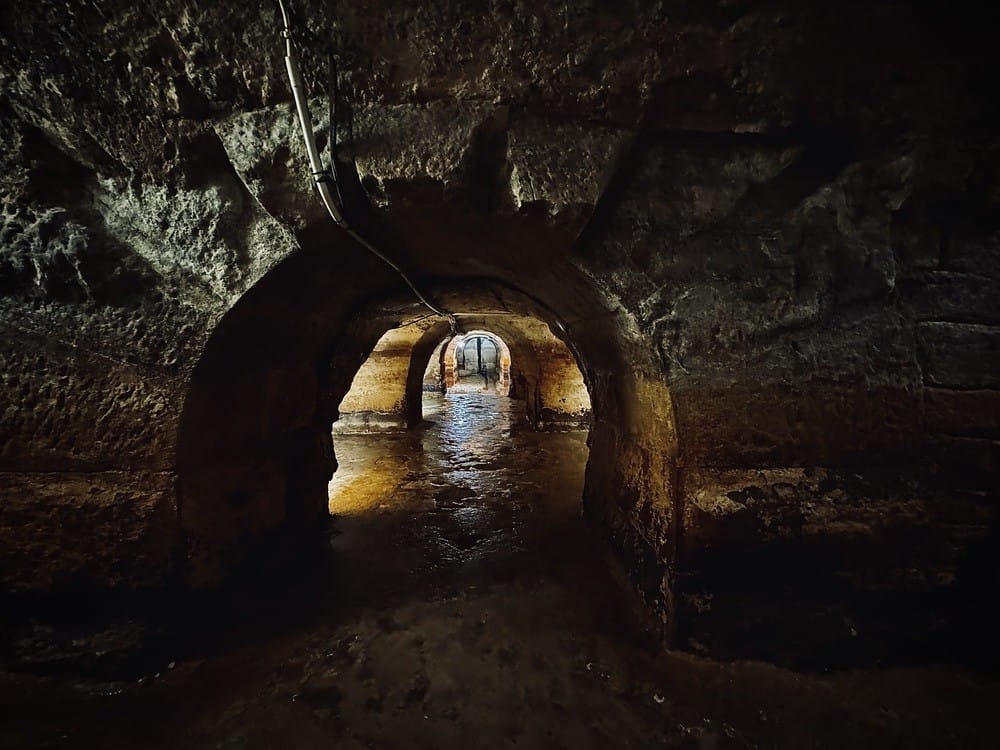
Beneath Lisbon lies a secret that is uncovered only twice a year for only a few days, making the Galerias Romanas a fascinating but elusive attraction, giving a unique glimpse into the ancient infrastructure and the Roman history of Lisbon.
Uncovered in 1771 following Lisbon's devastating earthquake, the true purpose of these underground Roman passages has been subject to varying interpretations. Contemporary consensus leans towards them being a cryptoporticus—a structural innovation of the Roman Empire times, used to stabilize and level the ground for significant constructions, particularly in uneven terrains.
In the realm of ancient Roman architecture, the term 'cryptoporticus' refers to an enclosed corridor or a shaded passageway. This architectural feature, typically semi-subterranean, acts as a supportive gallery with a vaulted design, allowing light to filter through openings at the top of its arches.
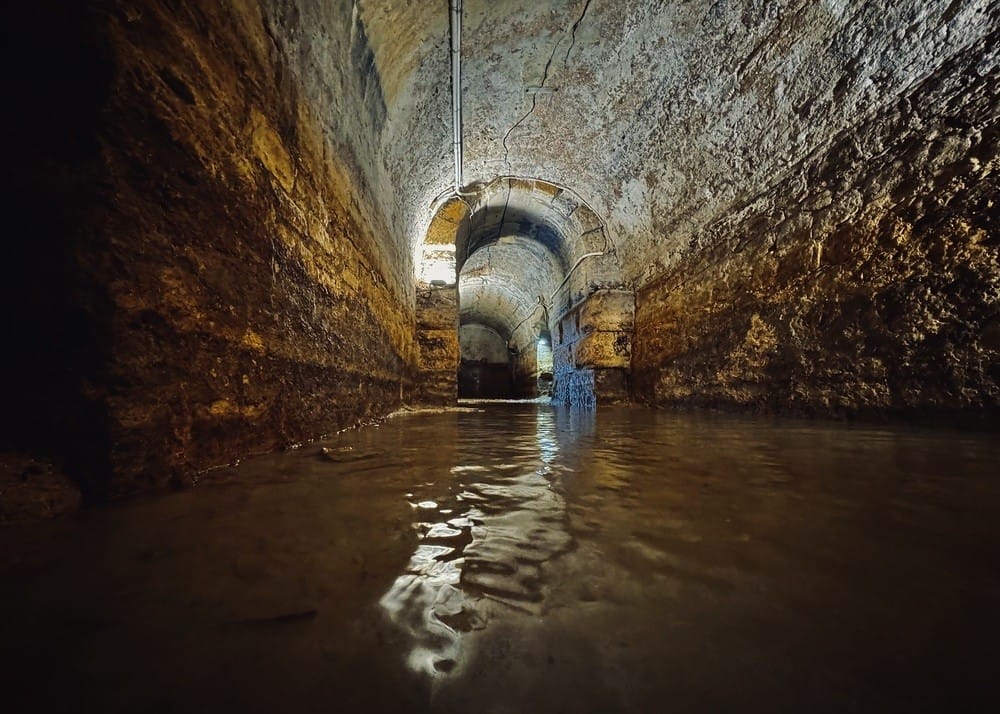
Situated often on inclined terrains, the cryptoporticus may present one side that is at ground level or partially exposed, serving as a foundation for structures above, such as a forum or a villa. In such cases, it provides a sturdy base (basis villae) for the building it supports. These passageways are frequently covered with arches and illuminated by apertures within the vault itself.
The concept of a cryptoporticus, as described in the correspondence of the ancient Roman author Pliny the Younger, can also be synonymous with a crypt—a more commonly known term. The cool, partially buried nature of the cryptoporticus made it an ideal space for preserving perishable items. In addition to its practical storage use, the structure offered a flat and slightly elevated platform for whatever edifice rested upon it, integrating utility with architectural sophistication.
An intriguing discovery within the galleries further points to their communal use: a limestone block dedicated to Asclepius, the deity of healing, now housed in the National Museum of Archaeology. Inscribed upon it in the first century A.D., this tribute was extended by imperial priests and the Municipality of Olisipo—ancient Lisbon—a ceremonial gesture typically absent from private domains.
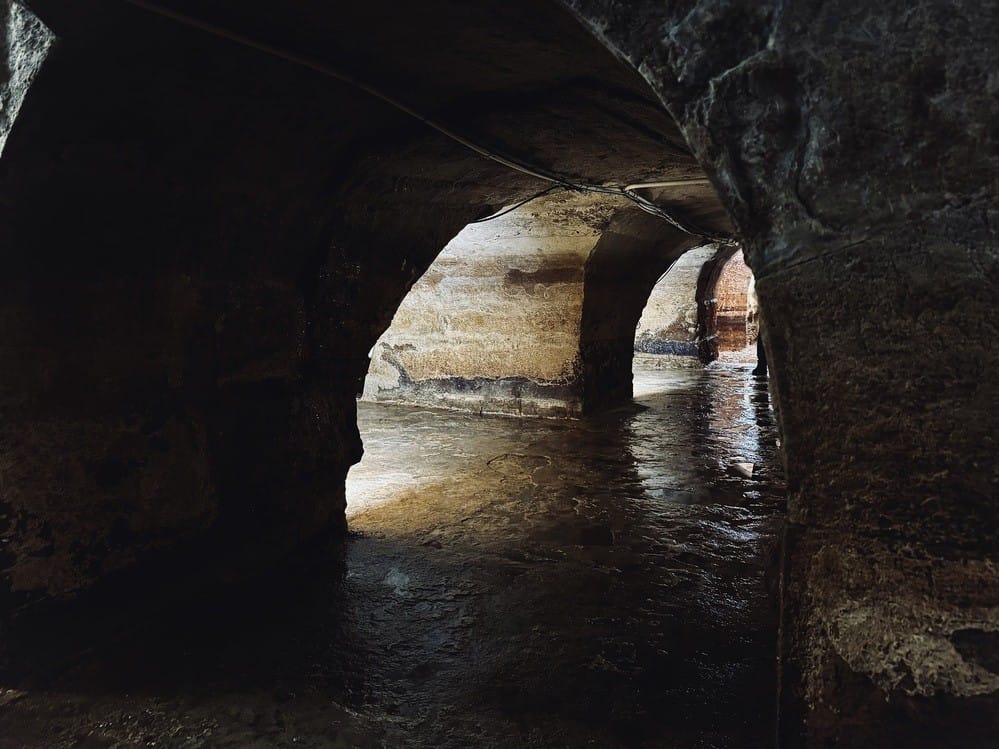
In the early 20th century, these subterranean channels were referred to as the "Conservas de água da Rua da Prata" and served as a reservoir. When sealed, they hold about one meter of water from the natural aquifers beneath the city, which must be drained to allow entry.
The rare opportunity to explore these Roman Galleries is made possible through the collaboration of various city entities, including the Lisbon City Council, EGEAC, the Museum of Lisbon, the Firefighters Regiment, the City Council Police, the Lisbon Archaeology Center, the City Council Mobility and Transportation Department, Electrical and Mechanical Services, and the Parish Council of Santa Maria Maior. These concerted efforts ensure that visitors can step back in time and witness a marvel of ancient engineering beneath the bustling streets of contemporary Lisbon.
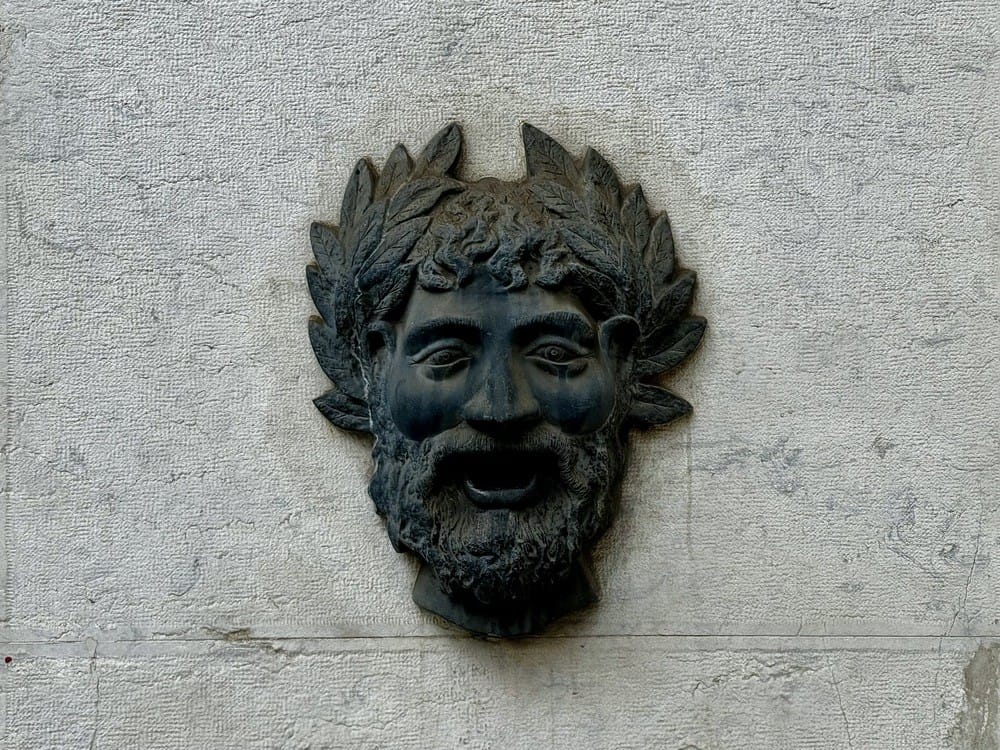
A new entrance to Roman Galleries
The Roman Galleries situated on Rua da Prata, recognized as a Roman cryptoporticus, present an underground labyrinth that's challenging to visit due to the limited open days each year. The complexity of extracting water and the precarious descent through the stairways, set amidst the iconic 28 Tram tracks, make access to this historical treasure a delicate endeavor. The Lisbon City Council has actively engaged with this ancient substructure since the late 19th century, dedicating efforts towards its exploration, preservation, and enhancement for public awareness.
Recently, an archaeological breakthrough in a nearby building's foundation revealed one of the primary passages, known as the 'gallery of the water springs'. Plans are underway to transform this passage into a new, permanent, secure, and accessible entrance for visitors.
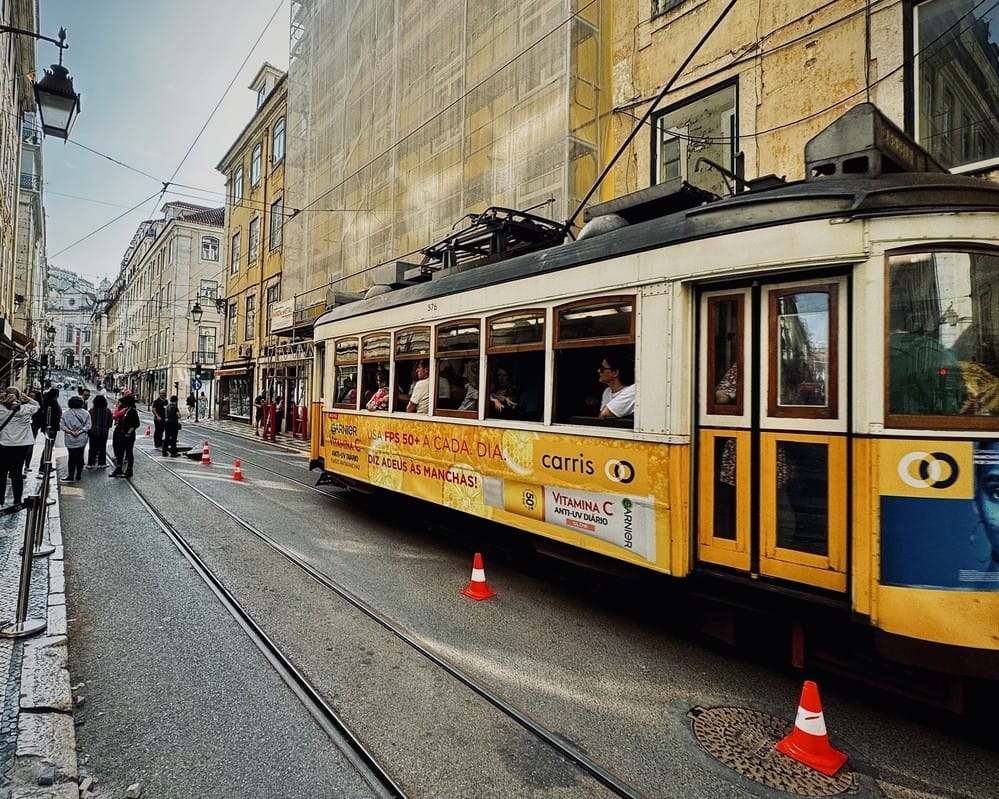
As Lisbon undergoes urban renewal, these changes present a golden opportunity to elevate the stature of this Roman monument. The Lisbon Archaeological Centre (CAL) is spearheading the 'Roman Cryptoporticus of Lisbon Project' (CRLx), which is focused on the monument's conservation, enhancement, research, promotion, and public enjoyment.
The CRLx is a comprehensive, interdisciplinary initiative that incorporates a network of expertise from within and beyond the Lisbon City Council, engaging esteemed institutions and specialists in geology, hydrology, engineering, architecture, urban planning, alongside collaborations with various researchers. This concerted effort aims to weave the ancient past into the fabric of modern-day Lisbon, ensuring that the legacy of the Roman cryptoporticus continues to be a vibrant part of the city's cultural heritage.
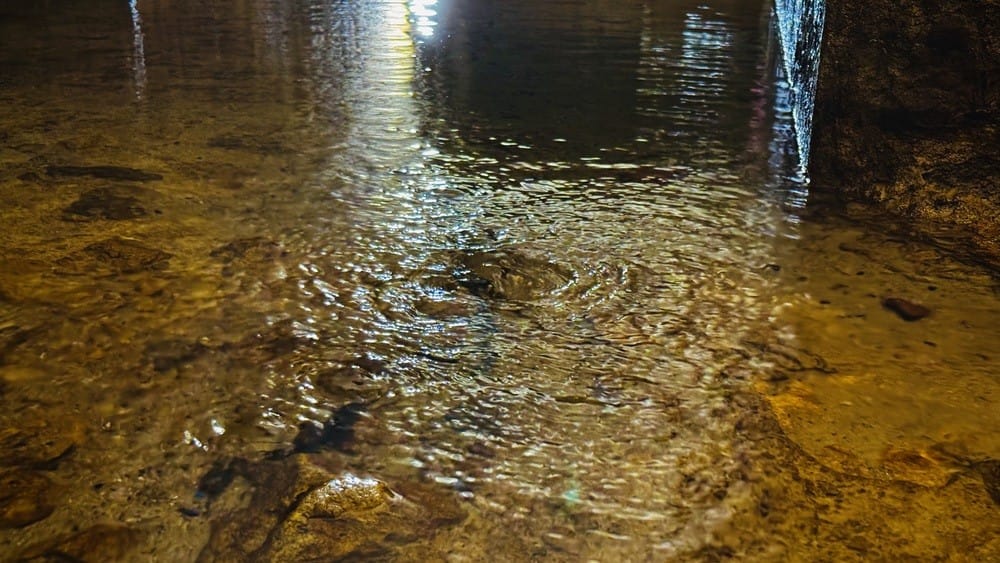
Future plans for a better, safer and inclusive entrance to the Roman Galleries
The Gallerias Romanas in Lisbon are set for an ambitious transformation, to make them an accessible and safe site for the public to visit permanently, since the current entrance is not recommended for people with disabilities or movement difficulties.
The project includes the creation of a new entrance and a dedicated interpretation center for this historically rich monument that is typically submerged underwater. This initiative will utilize the lower levels of a building erected in 1913, which had inadvertently caused damage to the monument. What was once a detrimental event to the heritage site is now being turned into an opportunity to enhance access to it.
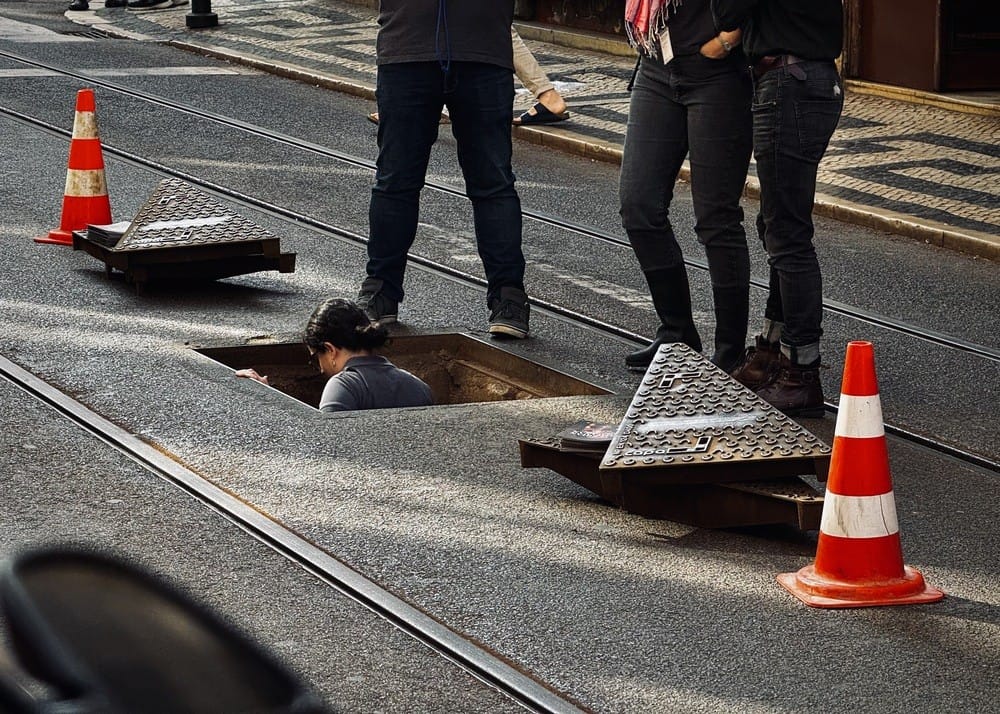
How to visit the Roman Galleries in 2024
If you are travelling to Lisbon, in April or September, the best way to secure a ticket for the Roman Galleries is via the Museu de Lisboa link, where you need to keep refreshing from the beginning of the month on a daily basis, until the tickets become available.
We strongly recommend refreshing frequently (multiple times per day) because usually, the tickets are sold-out within 2-3 hours and many locals have not succeeded in getting one, after trying for years. It is a unique sight and memory, so it is definitely worth the effort.
The Roman Galleries of Rua da Prata are once again open to the public. For four days – 19, 20, 21 and 22 September – visitors will be able to pass through the trapdoor, go down the stairs and see (or see again) with their own eyes these vestiges of the Roman occupation of the territory that we now know as Lisbon.
The reopening is taking place in conjunction with the European Heritage Days. On the first two days, visits will take place between 3 pm and 6.30 pm. On the following two days, Saturday and Sunday, between 9.30 am and 6.30 pm, always under the guidance of the Lisbon Museum's Educational Service team. Each visit lasts between 20 and 25 minutes. On 21 September, at 6.30 pm, there will be a tour accompanied by Portuguese Sign Language.
Along with the underground tours of this 2,000-year-old heritage site, two routes are also planned, which "reveal some of the main places where the legacy of the Roman presence in the city is still visible today". These will take place on 21 and 22 September, at 3:30 pm.
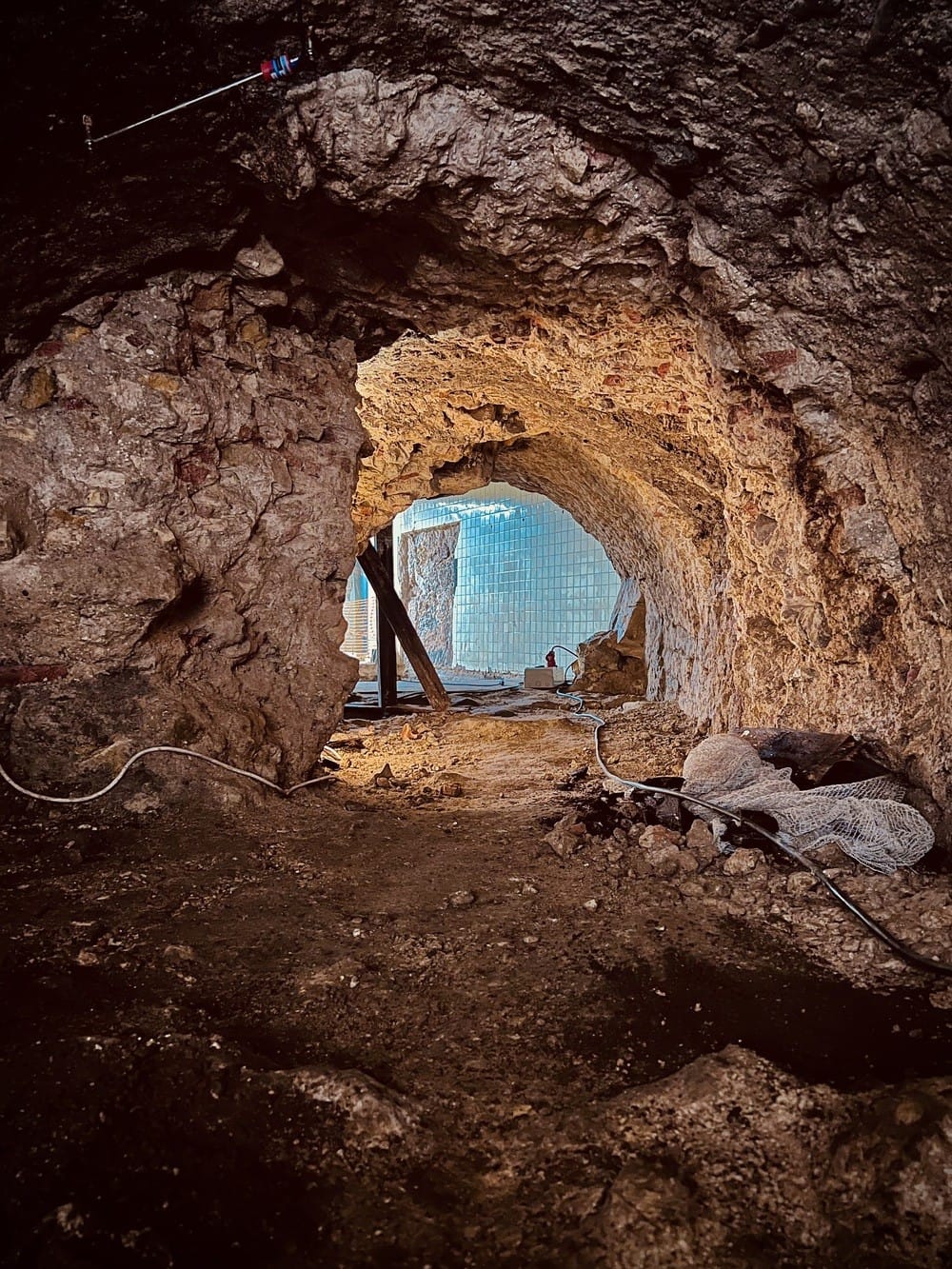









About the Roman Empire Times
See all the latest news for the Roman Empire, ancient Roman historical facts, anecdotes from Roman Times and stories from the Empire at romanempiretimes.com. Contact our newsroom to report an update or send your story, photos and videos. Follow RET on Google News, Flipboard and subscribe here to our daily email.
Follow the Roman Empire Times on social media: